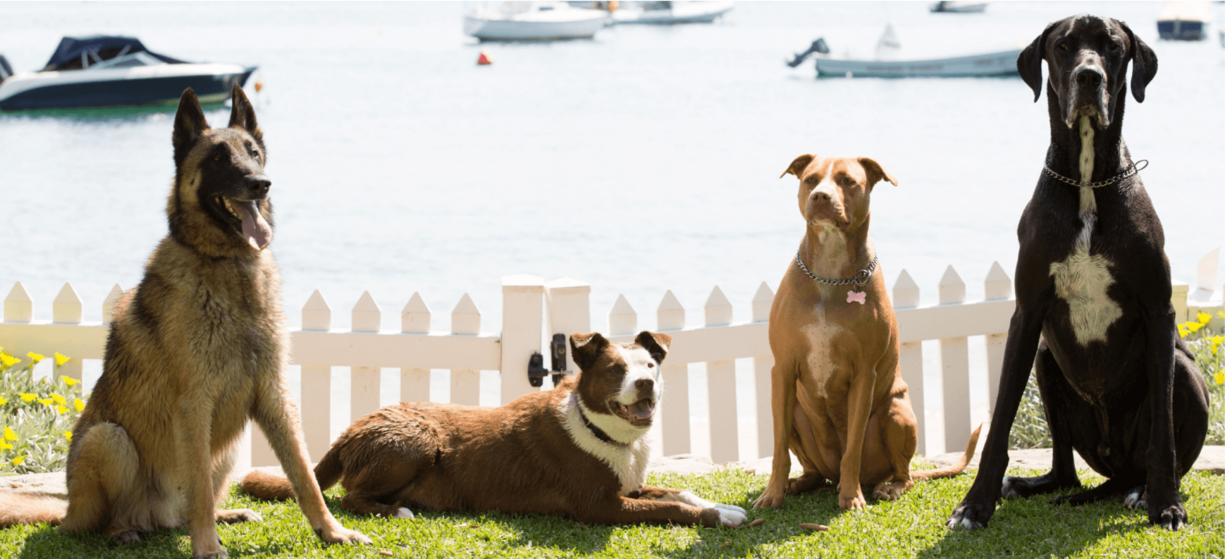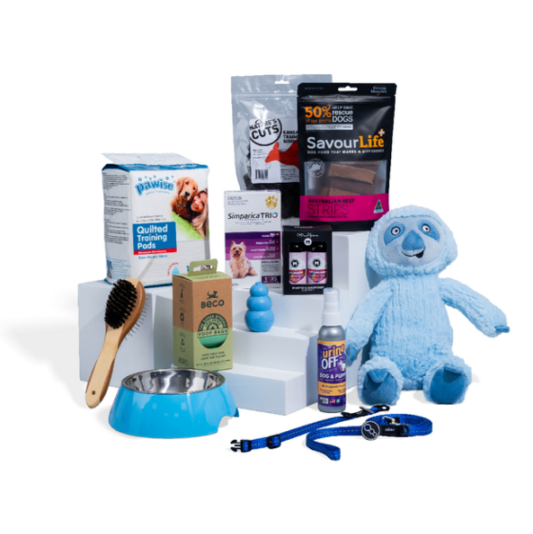Before we break out the lists (people just love lists, for some reason...), here's the thing: dogs are a commitment that will be a part of your life for up to twenty years, so it's best to put thought into things such as:
1. How often will you exercise your dog?
This is a big one. If you're an avid runner, hiker, or just live a generally active lifestyle, you won't have an issue with high-energy breeds that love to run and play. If you can only give your dog around 30 minutes of exercise a day or less, you'll want to look at less active dogs that don't mind lounging about on the couch with you.
2. How much training are you willing to give?
Some dogs, such as German Shepherds, pick up commands a lot quicker than others and thrive on the mental stimulation that training provides them - take this away from them, and they may start behaving erratically. Meanwhile, some other breeds such as Pugs can be difficult to train and require a lot more time, patience, and energy.
3. How often will you be able to groom your dog?
Not all dog fur is the same. In terms of 'fur types', there are two major 'classes' - fur which does not shed and fur which does shed. A breed will typically posess one type of fur or the other. The fur type that doesn't shed grows continuously and requires trimming every 4-6 weeks (or else you'll end up with a very long-haired pooch!). Breeds in this category include Maltese, Shih Tzu, and Poodles. Whereas fur that does shed may not need trimming (as the fur falls out once it reaches mature length), but it can be a little inconvenient as you may end up with fur all over your clothes and house! Most breeds fit into this 'shedding' category, including Labradors, Kelpies, Spaniels, Pugs, and Jack Russells - however note that some of these 'shedding' breeds shed much more than others.
Ultimately, this means you will either have to commit to paying for grooming every 4-6 weeks, or vacuuming up dog fur in your house.



































